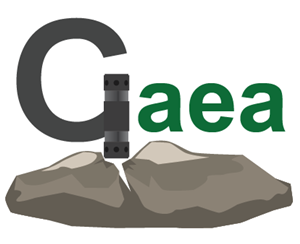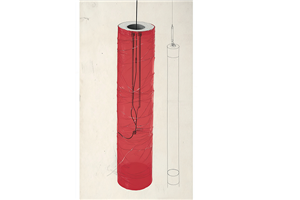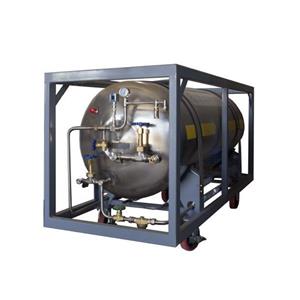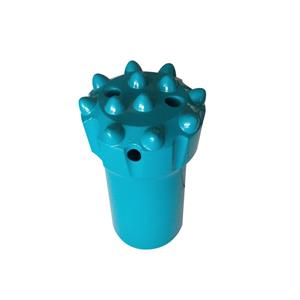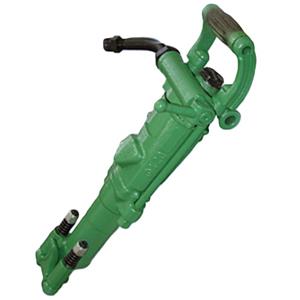Hydraulic rock drill cushion fault? 4 quick steps to diagnose — don’t wait until a shutdown
In mining, tunneling and other construction work, the hydraulic rock drill is a key tool. When it “acts up” — losing impact power or suddenly dropping efficiency — progress slows and costs rise. Many don’t know where to start; most of these symptoms point to a problem with the cushion piston or cushion sleeve. Below is a practical “3‑minute, 4‑step” quick check to help you pinpoint cushion‑system faults and stop losses early.
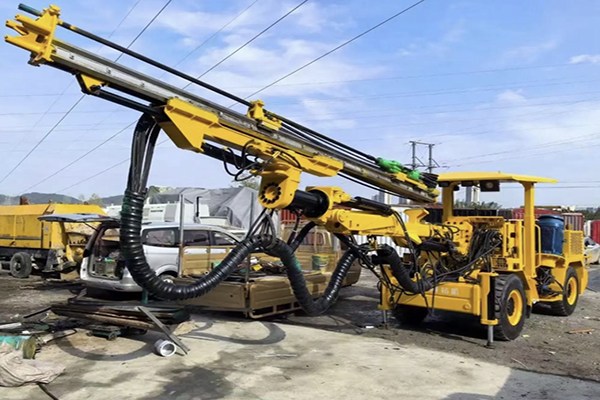
First, know the three typical signals of a cushion‑system fault Before troubleshooting, recognize these common signs of a failing cushion piston or sleeve:
Sharp loss of power: the drill becomes “weak,” impact force falls and drilling efficiency drops dramatically.
Abnormal pressure: hydraulic pressure gauge needle fluctuates wildly, with unstable, rapidly changing readings.
Local overheating: parts of the machine (especially around the cushion components) run unusually hot — you can feel the temperature difference by touch.
If one or more of these appear, the cushion system is likely at fault. Use the four steps below to quickly verify.
Four‑step diagnosis: find the cushion fault in about 3 minutes
Step 1 — Observe operation: check “power” and “frequency” Without disassembling, run the drill no‑load or under light load and observe:
Impact force: compare to normal operation — is the impact noticeably weak? For example, where it used to penetrate hard rock easily, now it requires repeated blows or cannot advance.
Impact frequency: listen to the machine — normal impact frequency is even and continuous. If the rhythm speeds up and slows, or there are stalls, and consumable wear (e.g., bit wear) has increased, the cushion piston or sleeve is likely worn.
Step 2 — Visual inspection: check “surface condition” During a tool change or routine maintenance, spend about a minute inspecting the cushion parts (use an inspection window if available; otherwise remove the cover for a quick look):
Cushion piston: look for scratches, dents or scoring — such damage reduces piston/sleeve sealing and degrades cushioning.
Cushion sleeve: inspect contact areas for cracking, deformation or uneven inner‑wall wear — a deformed or cracked sleeve prevents proper pressure relief and causes weak impact.
If you find wear, cracks or deformation, replace the affected parts without delay.
Step 3 — Watch the pressure gauge: check “pressure fluctuation” With the hydraulic system running, watch the pressure gauge:
Normally the needle stays within a stable range (refer to the drill’s manual for exact values); any fluctuations are small.
If the needle jumps violently, swings back and forth, or shows rapid spikes followed by drops, the cushion seals (piston or sleeve) have likely failed, allowing hydraulic oil to flow back and causing pressure disorder — a direct sign of cushion‑system failure.
Step 4 — Feel the machine body: check “temperature change” After 5–10 minutes of operation (avoid the initial warm‑up period), gently touch the machine housing near the cushion area with the back of your hand (take care to avoid burns):
Normally the housing is warm but not hot to the touch.
If it’s noticeably hot or uncomfortably hot to hold, friction between piston and sleeve has increased (due to wear, larger clearances or poor sealing), producing excessive heat.
Abnormal local heating accelerates wear and can degrade hydraulic oil — this must be addressed promptly.
Why act fast The cushion system is the drill’s shock absorber. If faults aren’t fixed, you’ll see reduced efficiency, higher consumable usage and potential chain failures — e.g., pressure abnormalities can damage the hydraulic pump, and local overheating can destroy seals, leading to longer downtime.
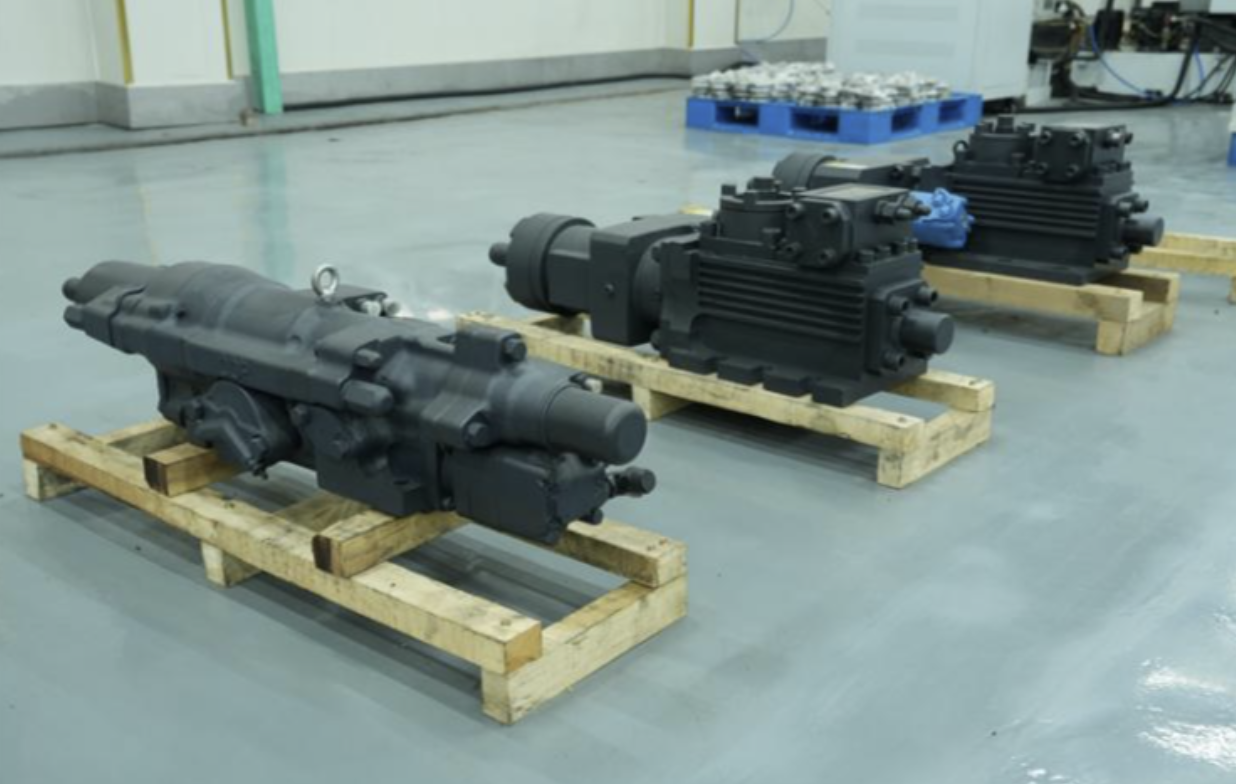
Practical habit: daily observation + periodic checks Make a routine of quick checks: glance at the pressure gauge before startup, feel the machine body during operation, inspect cushion parts during maintenance — it only takes about 3 minutes. If you confirm a cushion piston or sleeve fault, replace parts per the manufacturer’s instructions and use original or equivalent quality parts (avoid cheap substitutes) so the drill can return to normal quickly and downtime is minimized.
